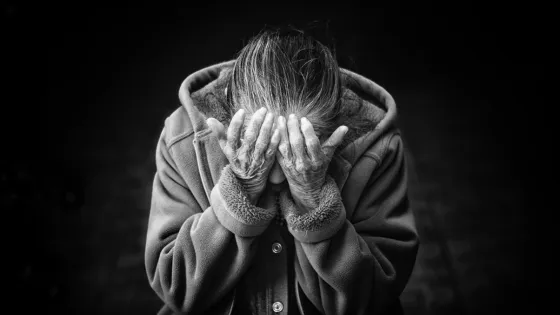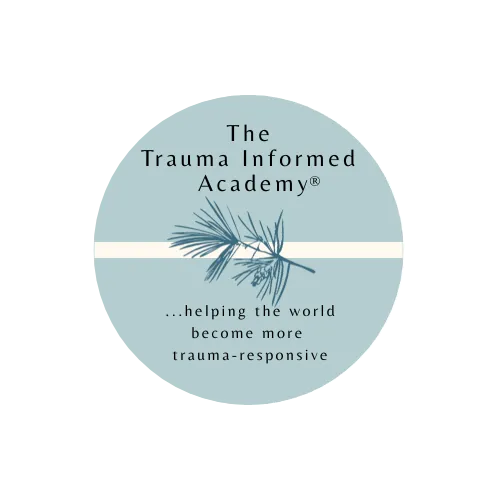

They called her “the Alzheimer’s in 422”
I heard this story on NPR a long time ago, and it has haunted me ever since. I’m sure I’ve changed a few points, and I hope I've preserved the poignancy.
This new resident was uncooperative, combative, and attacked anyone who came into her room. Staff had reduced her from a person to her diagnosis and room number because she was so difficult. Even in four-point soft restraints, screaming at the top of her lungs, biting anything that came in reach? Well, medication was often the best choice.
No one knew anything about her. No family was listed in the contacts section of her record, and the contact shown didn’t know of any, but she did know the name of the city where the woman had lived. The Director of Nursing (DON) did some research and found a distant cousin. She reached out.
As they were talking and the DON described the woman’s behavior, she could tell the cousin was being very quiet. “Maybe,” the cousin said, “it was because she was gang raped when she was 15. I don’t think she ever talked about it except with my sister and me.” The Alzheimer’s in 422 was now 72 years old with a broken hip in a rehab facility.
The assumption made about her behavior was rapid onset dementia with psychotic features. Instead, it was the behavior of a woman who had few if any means to protect herself, who was confined to a bed in a place where strangers came and went without even asking permission to enter, who did not feel safe, was dealing with pain in the same general area, and whose reality was altered by medication. From her point of view? Terrifying, and even more so as she lived independently and alone before she broke her hip.
In the staff meeting where the DON discussed what she’d learned, some staff burst into tears, some disclosed their own sexual assaults, and none--zero--felt good about how they’d responded. Neither did the DON.
A more trauma-responsive--and therefore trauma-informed--facility might have made different meaning for her behavior even in the absence of more information. She had not been (and perhaps couldn’t have been) assessed for a social history. She might not have disclosed a history of trauma if she could have.
She might well have shared triggers many women have: the terror of having people come in one’s room without consent; losing basic privacy; the absence of control that comes with pain and medication: the fear that comes with being unable to fight or flee; flashbacks more able to bleed through due to the context. Why not consider them in a general grouping of power, control, safety of different sorts, and choice? Ask the staff what scares them, what might scare residents--and work from that perspective.
Go back to the first blog and think about Carolyn, the Alzheimer’s in 422 in terms of F-699. Absence of assessment. Absence of working with triggers. No clinical treatment plan. Medication (and ultimately restraints) as the sole interventions based on what we know. No ready access to clinical support, or social support. And lots of re-traumatization. It matters not which F-tag you call out, this situation is a mess.
Reduce the risks of this kind of mess by going beyond the usual kinds of TIC training. Deeper, more practical, less clinical training for everyone helps--because they’ve already had their job-specific professional training.



Email our Admin:
©Copyright 2025 EPower & Associates, Inc. All Rights Reserved.
Privacy Policy | Terms of Use
Featured On...


